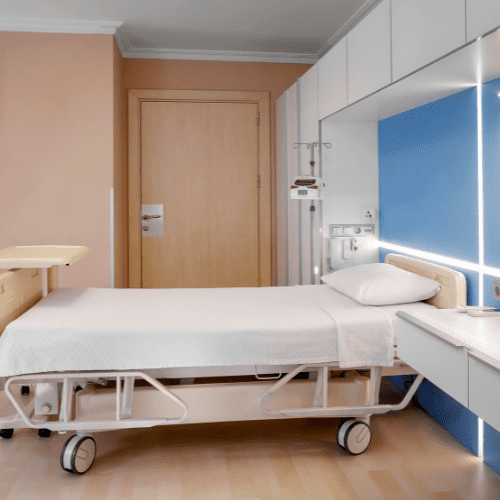The field of medical technology has witnessed transformative innovations over the past few decades, with 3D printing emerging as a pioneering force. This technology, which allows for the layer-by-layer fabrication of objects from digital models, has begun to reshape the landscape of medical devices. The ability to customize, iterate, and produce complex structures quickly has become invaluable in healthcare, leading to enhanced patient care and improved outcomes. In this article, we will explore the advancements in 3D printing technology for medical devices and the various applications and benefits that this cutting-edge approach brings to the medical field.
Advancements in 3D Printing Technology for Medical Devices
The evolution of 3D printing technology has been marked by significant enhancements that cater specifically to the medical sector. Innovations such as bioprinting, which involves using living cells to create tissue-like structures, have opened new avenues for regenerative medicine. These advancements enable the creation of highly detailed and functional tissues that can potentially replace damaged organs and improve healing processes. Furthermore, advancements in materials science have led to the development of bio-compatible materials that are safe for implantation within the human body.
Moreover, the integration of computer-aided design (CAD) and advanced imaging technology has streamlined the process of creating custom medical devices. High-resolution imaging techniques, such as MRI and CT scans, allow for accurate modeling of patient-specific anatomical features. This capability facilitates the design of implants, prosthetics, and surgical tools tailored to individual patients, enhancing the effectiveness of treatment. Additionally, the reduction in production time and costs associated with 3D printing has made the technology more accessible to healthcare providers.
Lastly, regulatory advancements have also contributed to the growth of 3D printing in medicine. Agencies like the FDA have begun to establish guidelines that streamline the approval process for 3D printed medical devices, ensuring safety without stifacing innovation. This regulatory support encourages research and development, as manufacturers can bring their products to market more efficiently. The combination of technological, material, and regulatory advancements positions 3D printing as a cornerstone of modern medical device fabrication.
Applications and Benefits of 3D Printed Medical Solutions
The applications of 3D printing in the medical field are vast and diverse, ranging from prosthetics and orthotics to surgical instruments and organ models. One of the most promising applications is the creation of custom prosthetics and orthotic devices, which can be tailored to the unique anatomy and preferences of individual patients. This personalization not only improves the comfort and fit of these devices but also enhances the functional outcomes for patients, enabling them to regain mobility and independence.
In addition to prosthetics, 3D printing has revolutionized the production of surgical instruments and guides. Surgeons can now utilize patient-specific surgical guides that are designed based on detailed anatomical models, which improves precision during operations. For instance, 3D printed guides can assist in the alignment of implants, leading to better surgical outcomes and reduced complication rates. Moreover, the ability to rapidly prototype and test surgical tools accelerates the development of innovative instruments, thus fostering a culture of continuous improvement in surgical practices.
Another significant benefit of 3D printing in medicine is the potential for cost reduction and increased efficiency. Traditional manufacturing processes for medical devices often involve lengthy production times and high costs, particularly for custom items. In contrast, 3D printing allows for on-demand production, reducing inventory costs and waste. Furthermore, hospitals and clinics can produce spare parts or specialized tools in-house, minimizing reliance on external suppliers. As a result, healthcare providers can allocate resources more effectively while enhancing their ability to address the needs of their patients promptly.
In conclusion, 3D printing technology is not merely a trend but a transformative force in the medical field that enhances the design, production, and functionality of medical devices. With advancements in technology, materials, and regulatory frameworks, the future of 3D printing in medicine looks promising. Through its diverse applications, from personalized prosthetics to precise surgical instruments, 3D printing continues to improve patient outcomes and streamline healthcare processes. As the technology matures and becomes more integrated into clinical practice, it is poised to redefine the standards of care and innovation in the medical device industry.




